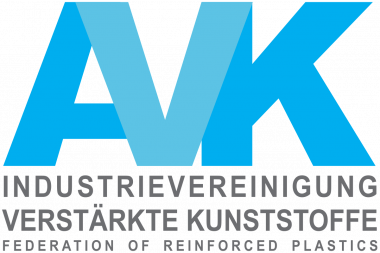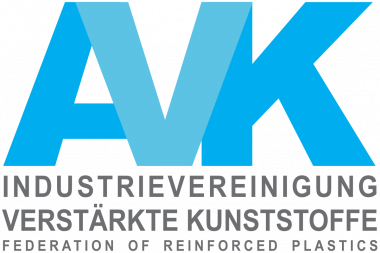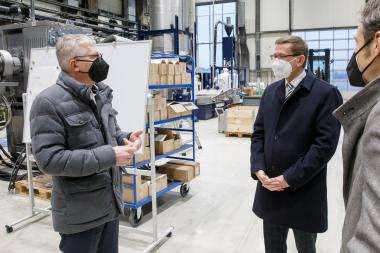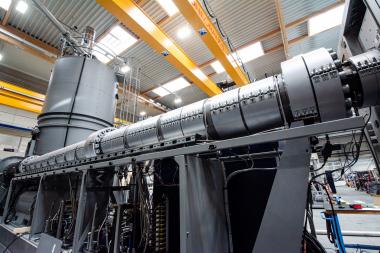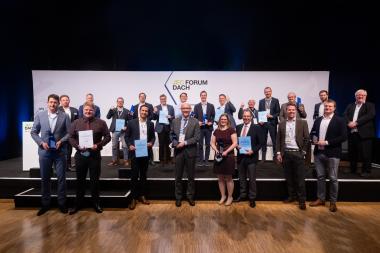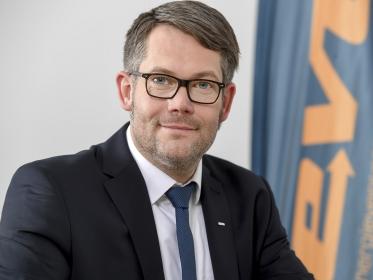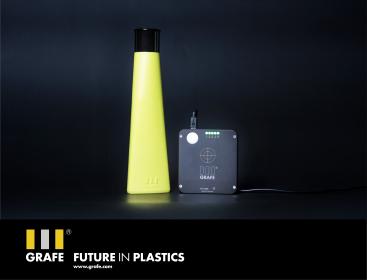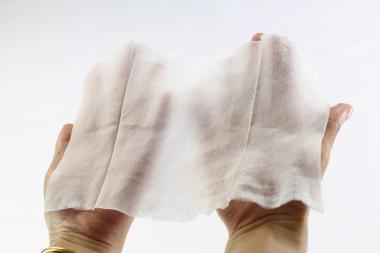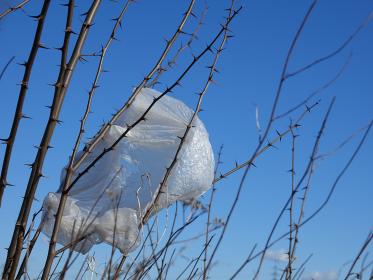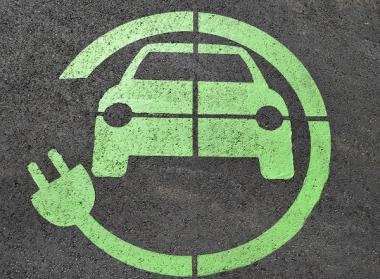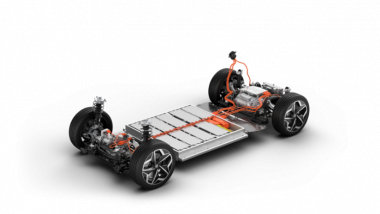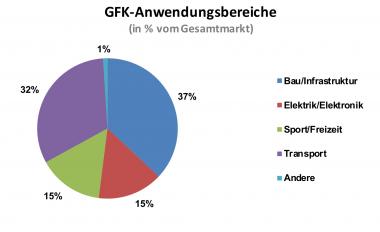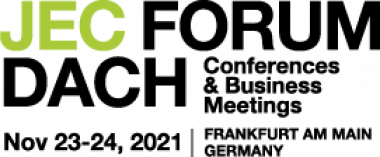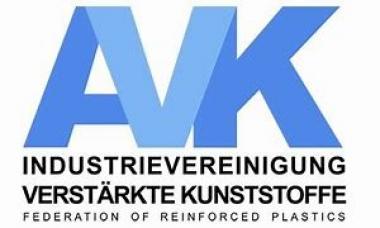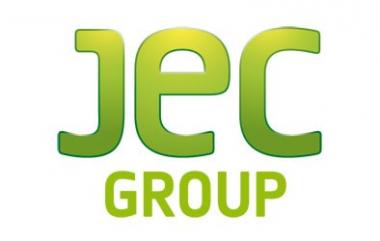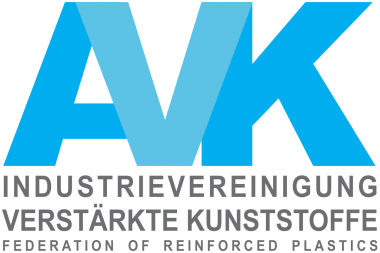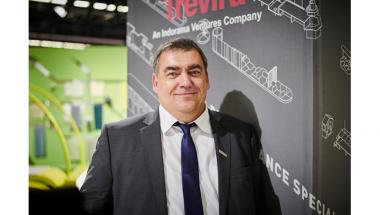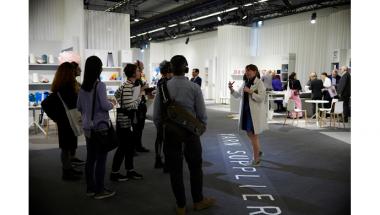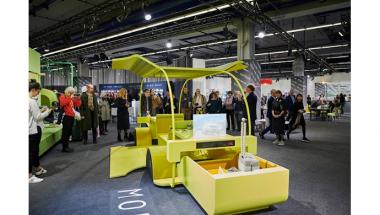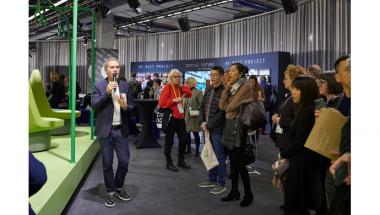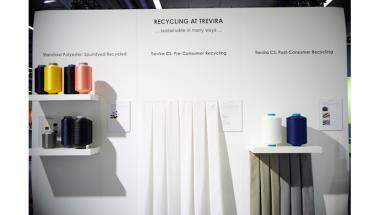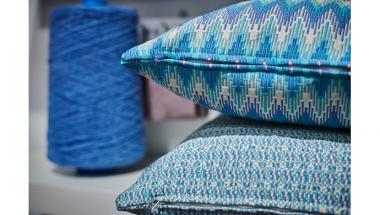AVK/SMC-BMC Alliance: New date for SMCCreate 2022 design conference
SMCCreate 2022, the design conference jointly organized by the European Alliance for SMC BMC and the AVK Expert Group SMC/BMC is postponed to 28-29 June 2022. Interested presenters still have the opportunity to submit a paper for the conference.
This conference about design in SMC and BMC composite materials will provide valuable insights in the entire product design process from idea to part manufacturing, targeted both at experienced designers and at designers that are new in applying these versatile materials.
Using SMC BMC
Within the time of 1.5 day, the SMCCreate 2022 conference will cover a wide range of subjects, all relevant for designers in their selection of materials solutions that provide performance, cost efficiency, manufacturing ability and sustainability.
Call for papers
For all interested parties who would like to contribute their expertise on topics related to SMC/BMC, there is still the opportunity to submit presentation proposals. The deadline for submissions is 28 February 2022 and can be send to Birgit Förster.
AVK - Industrievereinigung Verstärkte Kunststoffe e. V.


